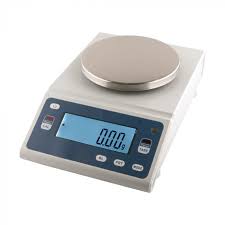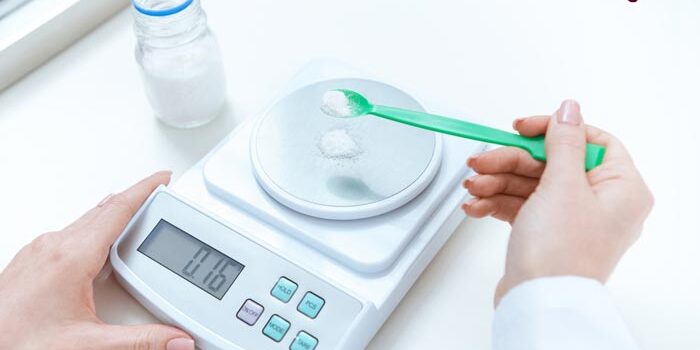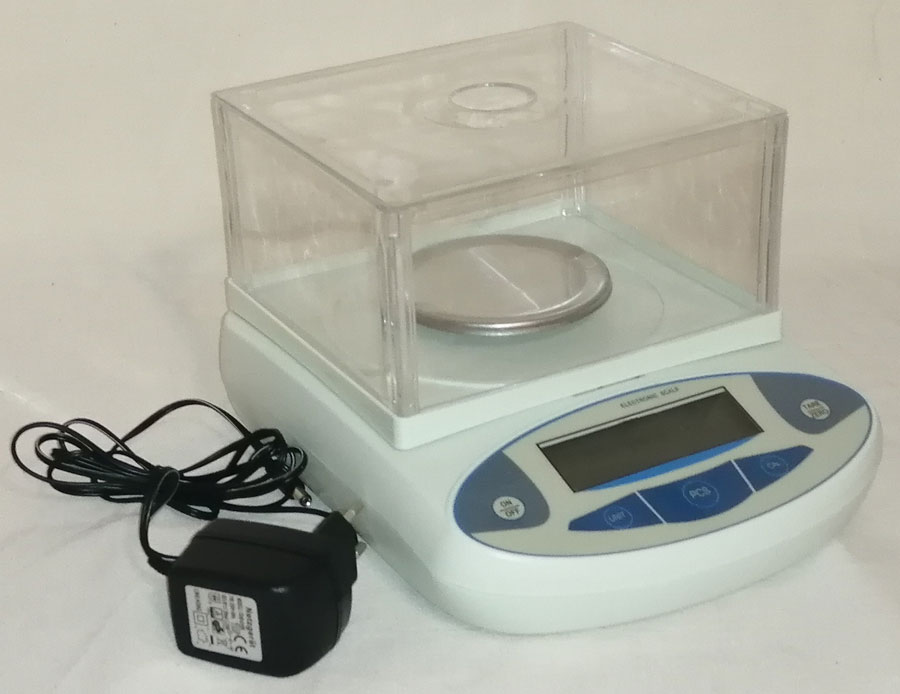Laboratory equipment such as; Balance is one of the vital tools in scientific and industrial laboratories. Scales for measuring the weight of objects with high accuracy and...

Laboratory equipment such as; Balance is one of the vital tools in scientific and industrial laboratories. Scales are used to measure the weight of objects with high accuracy and use in various experiments and activities. But buying laboratory equipment such as a balance requires correct knowledge and choosing the best option. In this article, we will examine the types of weighing laboratory equipment and the important factors that should be considered in their purchase.
Without a precise measurement process, it is impossible to achieve accurate results. But now, with the increasing production of digital laboratory scales, the measurement process has become much easier than before. It can be said that the laboratory balance is one of the most important laboratory equipment.
These sensitive scales, which are used to weigh laboratory solutions and different materials, have different types and are designed for different applications.
Of course, it can be said that there are different types of laboratory scales, the common characteristic of all of them is their accuracy and sensitivity in weighing and measuring. Regardless of using a hygrometer or analytical balance, or even having the best laboratory balance, high accuracy in measurement and obtaining accurate results from this device is an important function expected.
When buying laboratory equipment such as a balance, you should first consider the following points.
• Make sure the scale meets your desired accuracy.
• The capacity of the scale should be suitable for the weights you need.
• Make sure you have this feature if you want an auto-calibrated scale, or if manual calibration is acceptable, you must be able to calibrate it manually.
• The balance should be able to convert different units if you need it.
• Check the LED or LCD screen chosen for the scale and make sure it is comfortable to use.
• If your environment is humid, make sure that the balance is suitable for use in these conditions.
• If the environment is contaminated with dust, the scale must have sufficient resistance to contamination.
By following these tips, you can choose the right laboratory balance for your needs.

Of course, laboratory scales are used in different fields and for different applications. Below I will mention in detail the types of laboratory scales:
1. Analytical Balance: These types of scales are used to accurately measure the mass of laboratory samples with high accuracy (from micrograms to milligrams). They are very sensitive and readable and are suitable for applications that require extreme precision.
2. Moisture balances: Moisture balances are used to measure the percentage of moisture in solid samples or liquid solutions. These scales have special chambers that heat or dry the sample and then measure the moisture reflectance. The performance of these scales is based on a heat exchanger that converts the moisture content of the sample into heat, and by measuring the thermal changes, estimates the percentage of moisture content.
How it works:
To use a moisture scale, first a sample of the desired substance is placed in the scale chamber. Then the process of heating and drying the sample begins. When the balance detects that the sample is dry, the moisture content is measured as a weight value. According to weight changes, the moisture percentage of the sample is calculated.
Moisture balances are used for various applications such as dryness analysis of food, pharmaceutical products, chemicals, soil and other solid samples. These scales are especially important in many industries and laboratories due to the ability to accurately determine the percentage of moisture.
3. Micro balance: This type of balance is very accurate and sensitive and is used to measure very small mass (up to 0.1 microgram). It is used for applications such as slip investigation, environmental and surface analysis, etc.
4. Triple Beam Balance: This type of balance works mechanically and is used to measure mass in laboratories. It has three levers that measure the mass by changing the position.
5. Torsion Balance: This type of balance is used to check the force of attraction between two charged particles. It is mainly used in physical experiments and natural sciences.
In general, each of these scales is designed and used for specific applications, and choosing the right scale depends on the type and accuracy of measurement required in the laboratory.
To choose a suitable scale for the laboratory, you should pay attention to the following points:
1. Accuracy and sensitivity: The accuracy and sensitivity of the scale measurement is one of the important factors. You should check the maximum amount of weight that the scale can handle, the smallest displayed value (decimal numbers) and the weight measurement unit.
2. Capacity: The capacity of the scale is also very important. You should choose a scale that covers the weight capacity you need.
3. Easy to use method: The scale should have a simple and understandable user interface so that you can use it easily. Also, the ability to easily read and record results is important.
4. Facilities and features: Paying attention to the features and additional features of the scale can help to make the right choice. Pay attention to things like quick measurement, locking weight values, USB port for connecting to external systems, etc.
To optimally use the laboratory scale and maintain its accuracy and efficiency, pay attention to the following points:
1. Calibration: Calibrate the scale periodically to maintain measurement accuracy.
2. Placement: Place a suitable measuring table in the laboratory and place the scale on it. Make sure that the location of the scale is stable and stable and avoid unwanted vibration and movement.
3. Light and heat: Do not expose the scale to direct sunlight and cooler wind because it may affect its accuracy and efficiency.
4. Cleanliness and care: clean the measuring tray with a special brush before use and avoid improper movement and movement of the device.
By following these tips, you can use your laboratory balance in the best possible way and get more accurate results.

Frequently Asked Questions
1. What factors should be considered in choosing a laboratory scale?
Answer: When choosing a laboratory scale, you should pay attention to factors such as measurement accuracy and sensitivity, weighing capacity, easy-to-use method, facilities and features, calibration capability, and long-term stability.
2. Is the ability to calibrate the scale important?
Answer: Yes, the ability to calibrate the scale is very important. This feature allows you to calibrate the scale's accuracy at regular intervals and ensure its accuracy and efficiency.
3. Is the scale brand also important?
Answer: Yes, the balance brand is also important. Famous and reliable brands specialize in producing high-quality and high-precision scales. Choosing an experienced and well-known brand can give you more confidence in buying and using a scale.
4. Should the price of the scale also be considered?
Answer: Yes, the price of the balance is also one of the important factors in the choice. You should pay attention to the match between quality and price and choose a scale that meets your needs and is within an acceptable price range.
